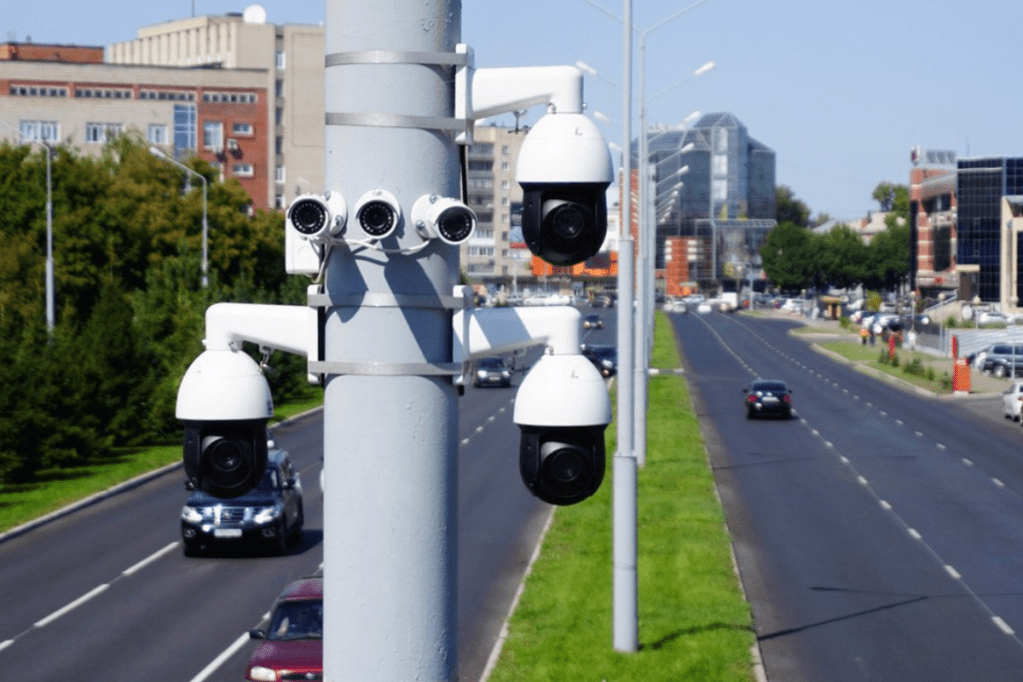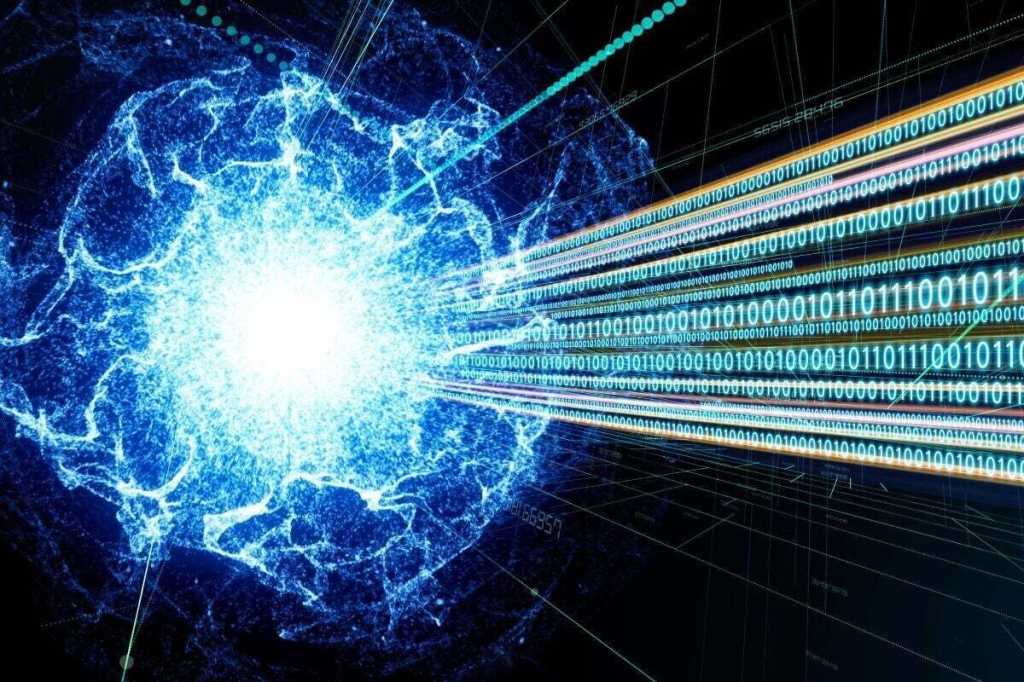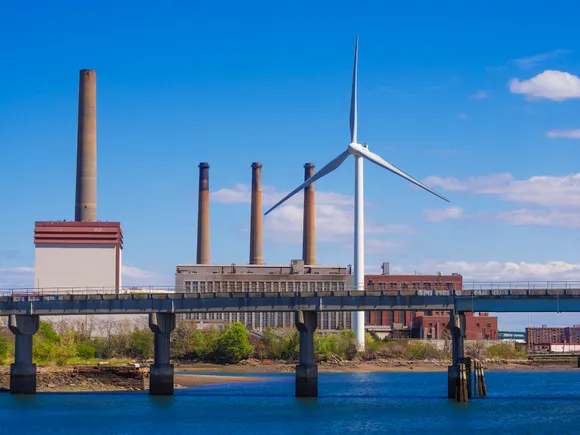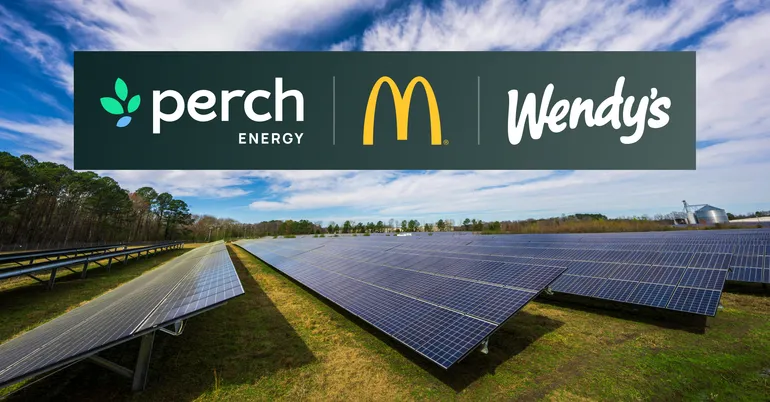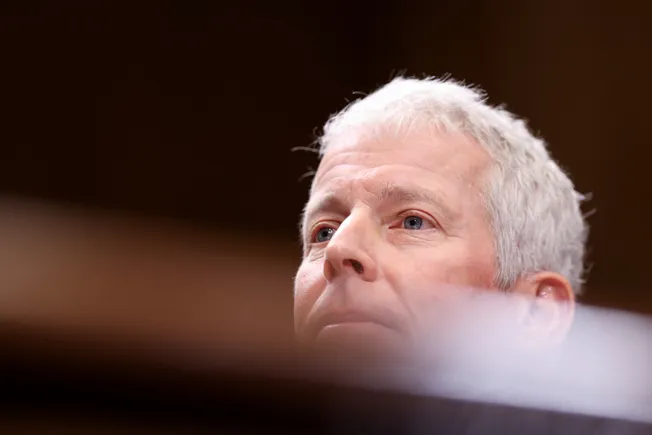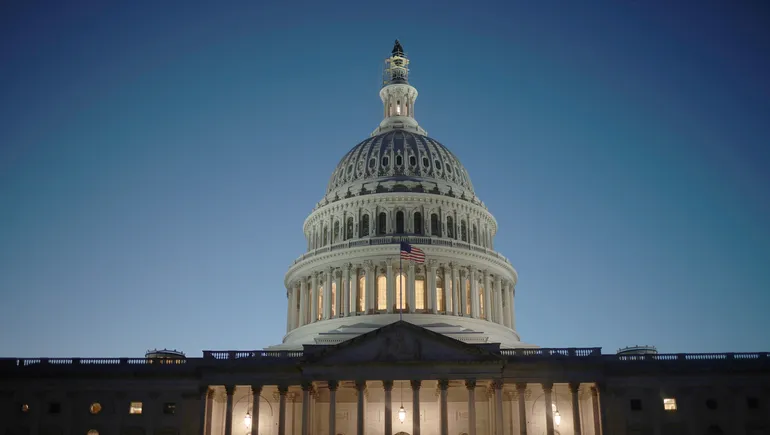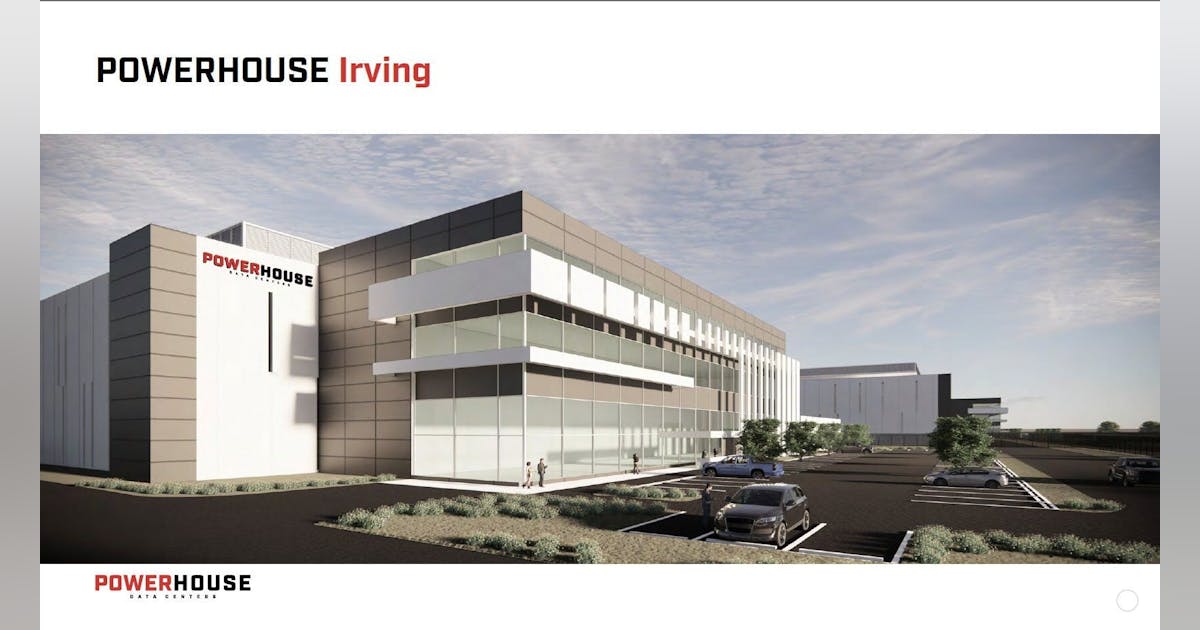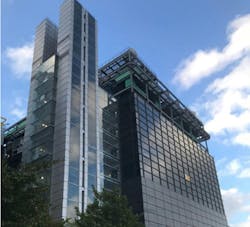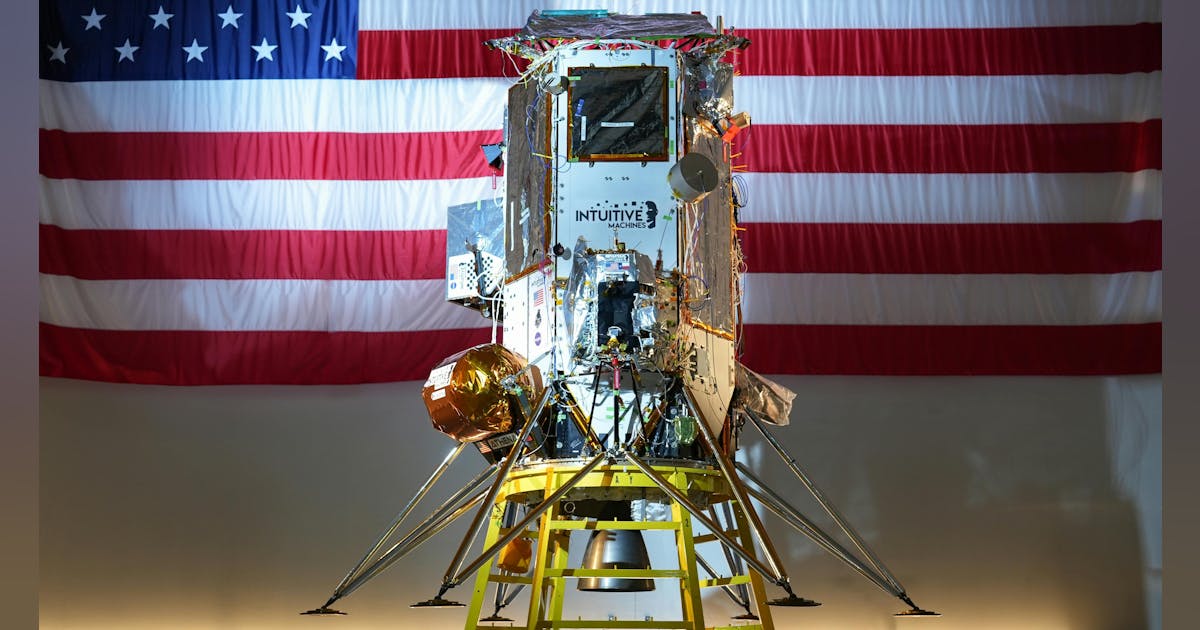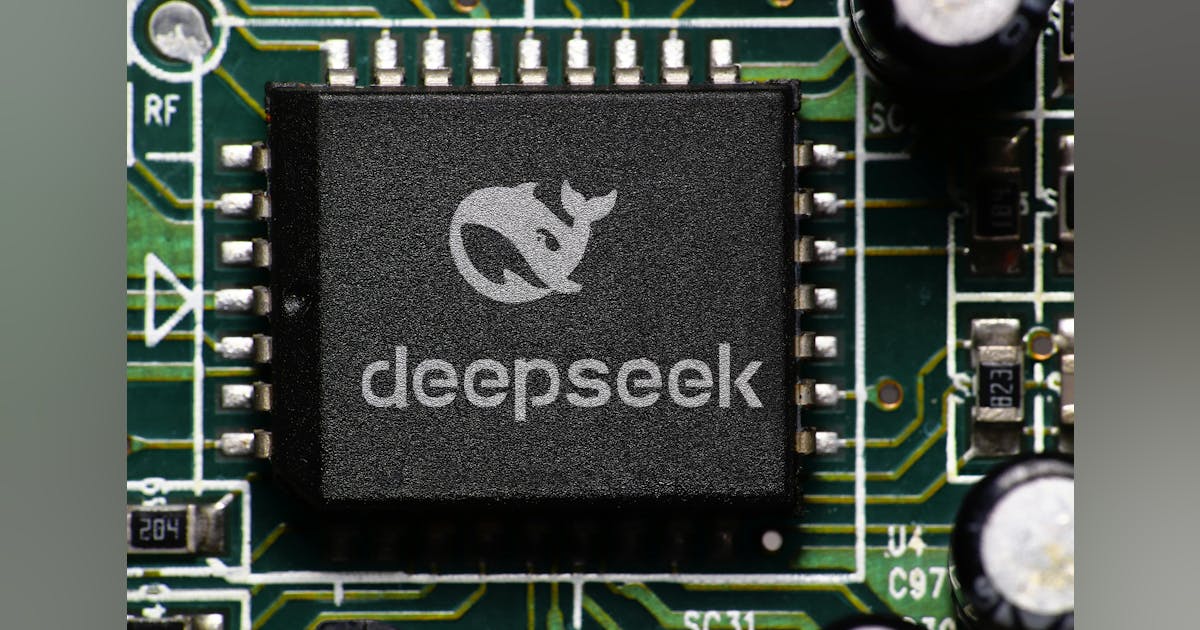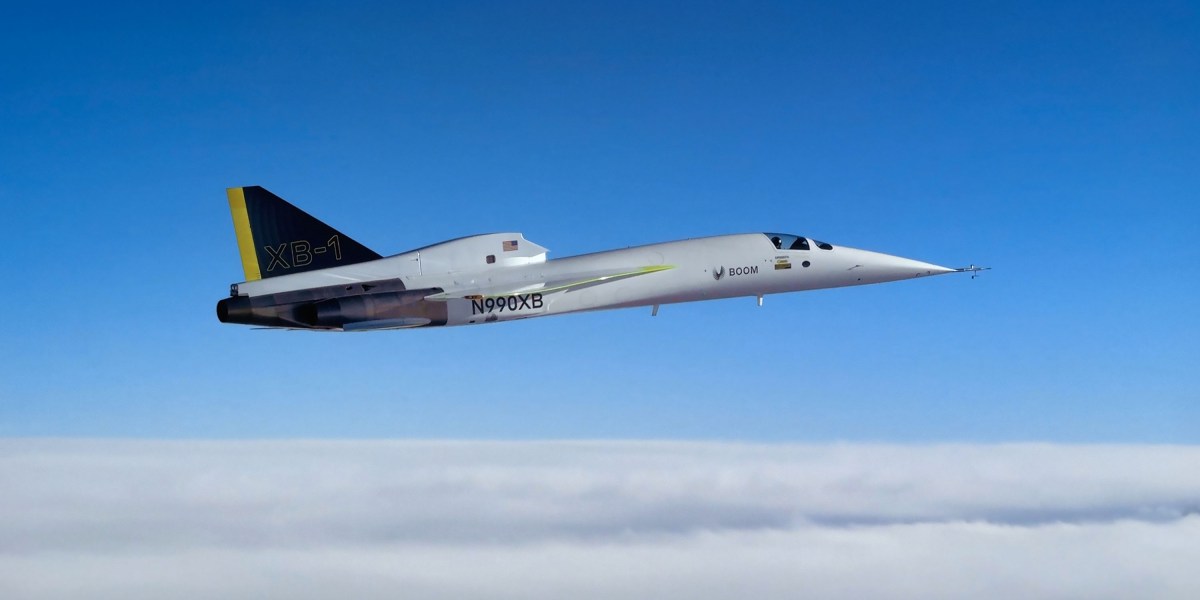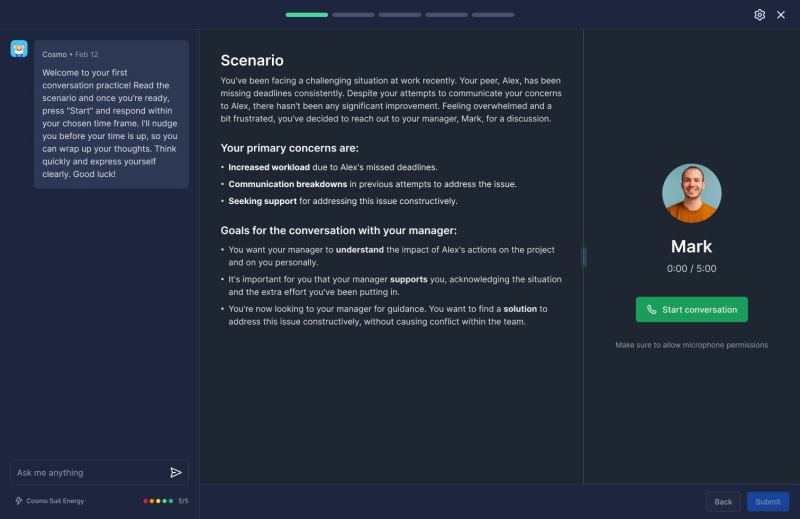Join our daily and weekly newsletters for the latest updates and exclusive content on industry-leading AI coverage. Learn More
CES 2025 is coming to Las Vegas during the week of January 5, and it will be one of the biggest tech expos in the world again.
This year’s show should be big again. Last year’s attendance reached 138,789, according to an audited report by the Consumer Technology Association (CTA), the group that puts on the show.
Last year at CES 2024, I recorded around 80 press events, interviews, and sessions. I walked 46.78 miles, or 105,407 steps, over six days. My feet hurt and my back were sore. There were more than 4,300 exhibitors and 2.4 million square feet of exhibit space to crawl. And the Goodyear blimp was there.
I’ve been attending the Consumer Electronics Show since the 1990s when then-Microsoft CEO Bill Gates gave the opening keynote speeches every year. This time, the biggest speech will come from Jensen Huang, CEO of Nvidia, the graphics chip maker that has become the king of AI hardware with a market value of $3.42 trillion — the most valuable company in the world.
He will give a talk at 6:30 p.m. Pacific time at the Michelob Arena at the Mandalay Bay on January 6. Most attendees arrive at the show on January 7 and stay through January 10, when the expos are open. But the press — a few thousand of us — start arriving on January 5 for the afternoon previews and CES Unveiled (press only, in Mandalay Bay), where award-winning exhibitors show their wares at tables.
“The CES is an amazing, powerful tech event. I was looking back at what you had written last year about it, before and after,” said Gary Shapiro, CEO of the Consumer Technology Association, in an interview with GamesBeat. “A lot of people go with a very full agenda, but we always say you have to have time for serendipity and discovery. We have a new look, a new feel. We focused the campaign on “Dive in.” We’re inviting attendees to do three things: connect, solve, and discover.”
He said the average attendee has about 29 meetings during the show, as face-to-face business is still important. About 75% of attendees say their business is primarily B2B, or both B2B and B2C.
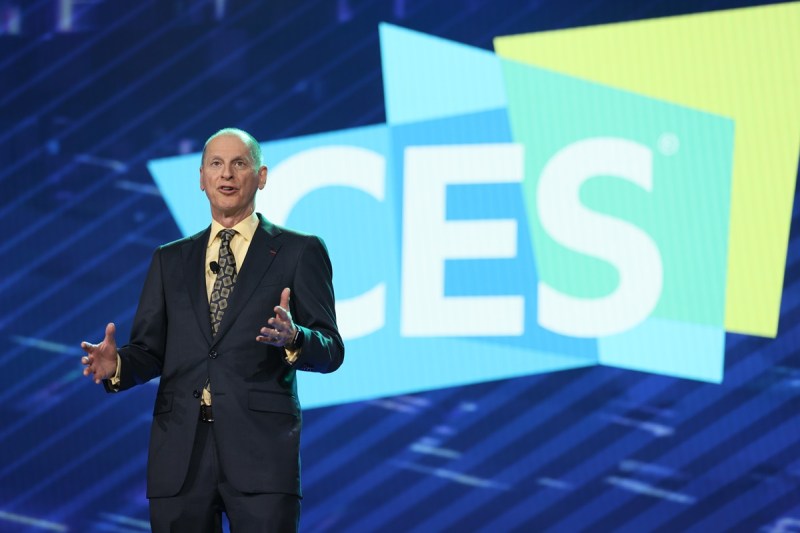
My No. 1 tip is to always wear comfortable shoes. I learned that lesson after some blisters during a CES years ago. As for a mask, I wear it on planes and occasionally during big, crowded indoor events. But things have changed since the COVID days when the show was canceled outright in January 2021 and severely restricted in January 2022, with only 45,000 showing up.
Much of my advice is not rocket science. But I renew this story every year since there are new people attending the show and many going for the first time. I take no responsibility for bad advice. You can check out the CES app here.
Attendance is not quite where it once was. Back in 2019, the show drew 175,212 in 2019 and 171,268 in 2020. CES 2020 had about 4,500 exhibitors across 2.9 million square feet of space. This year, the show is at least a few days after New Year’s and that gives some breathing room for those planning on going. As a bonus, here’s my gaming predictions for 2025.
The latest word from the CTA: “CES 2025 will be the world’s most powerful business event, setting the tech agenda for the year. With nearly 140,000 global attendees at CES 2024, we are seeing positive momentum and interest from industry executives, top manufacturers, buyers, retailers, and media for CES 2025. Thousands of startups and companies from around the world will showcase innovation that will solve some of our most pressing challenges.”
Should you go?
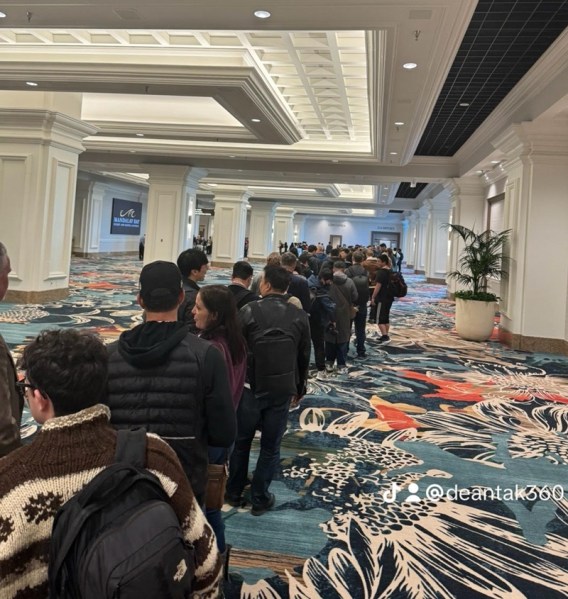
It’s a big show, and, unlike the gaming industry’s canceled E3 show, it’s still relevant. Last year, there were 5,355 media last year, up from 4,800 media attending CES 2023, up from 3,100 media at CES 2022. Eureka Park at the Venetian’s Sands Expo had more than 1,400 startups.
There were 46,000 international visitors, or 40.6% of the total, last year. Some 5,975 were from the Americas outside the U.S., 12,424 were from Europe, 36,017 were from the Middle East and Asia, 229 were from Africa and 552 were from Oceania. About 15,723 were presidents or founders, or 11.7% of overall attendance, and another 12,768, or 9.5%, were C-suite executives.
Last year’s top areas of interest were AI, vehicle tech, IoT sensors, smarthomes and appliances, AR/XR/VR, robotics, marketing and advertising, startups, video technologies, 5G, energy/power, cloud computing/data and fitness/wearables.
The year before, the top areas of interest were AI, IoT/sensors, vehicle technology, AR/VR/XR, smarthomes and appliances, 5G, robotics, startups, energy/power, fitness and wearables and marketing and advertising.
I still view CES as a bellwether for the tech economy, as no other event spans the entire tech world like it does. Companies want to create a buzz at CES, which is designed to signal products coming in the next year. I find the show a useful way to stay up to speed on the latest technology. If you find the health risk acceptable, then it can still be a valuable way to stay in touch.
Apple doesn’t attend the show, but just about every other tech giant does. It’s where the tech industry will be next week, though it’s not so much of a game event these days. Sony, however, will be showing up and they are expected to show off the Afeela electric car (created with Honda) complete with a PlayStation 5 in the vehicle at the show.
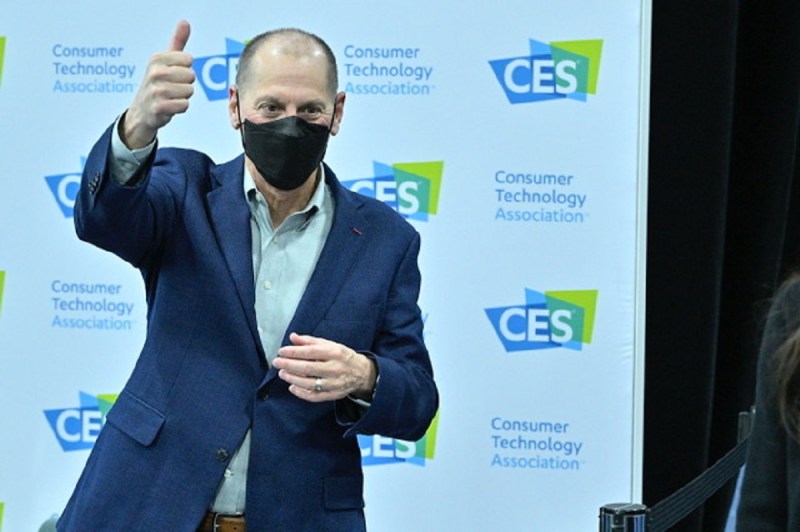
Since 2020, CES official exhibit venues have been equipped with improved ventilation systems and fresh air flow.
The Las Vegas Convention Center, Mandalay Bay and the Venetian Expo have been awarded Global Biorisk Advisory Council (GBAC) Star certification by ISSA. This accreditation means the properties are observing cleaning protocols and work practices that minimize risks associated with the spread of infectious diseases.
Again in 2025, CES will work to minimize surface touch points and increase fresh airflow at high-traffic areas.
Hand sanitization stations will be placed throughout CES venues. Pack warm as Vegas in January is an average of 57 degrees.
Masks are available onsite. If you choose not to wear one, please respect those around you who do, the CTA says.
Getting your badge and getting into the show
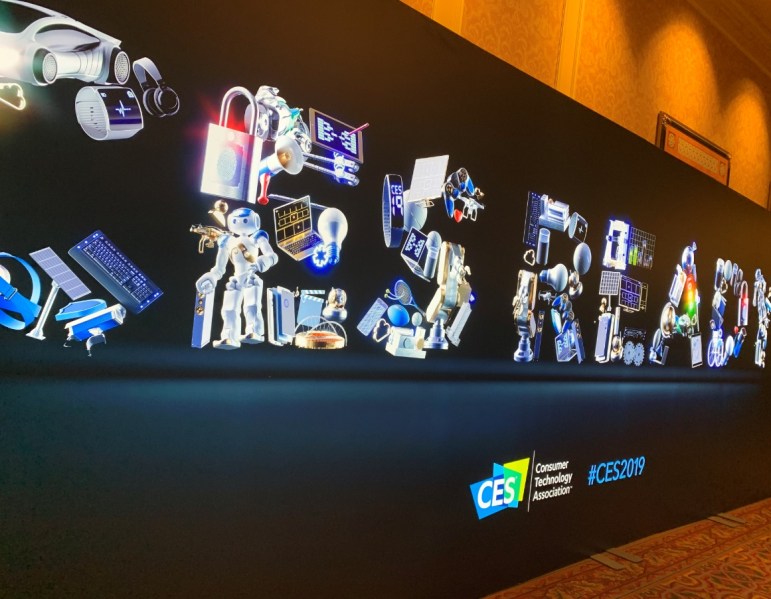
You have to work in the tech industry to get into the show. It’s a place for professionals, not tourists, and registration is designed to screen the tourists out. With 140,000 or more people at the show, you don’t want to get stuck in long lines.
All show attendees, including media and individual exhibitor personnel must pick up their own CES 2025 official badge at a remote badge pickup location You cannot pick up badges for other attendees. I usually pick mine up at the Las Vegas airport.
To pick up your badge at a remote badge pick up location, you must present the following: Government-issued photo ID and a registration confirmation – either saved in your Google or Apple wallet or confirmation email with QR code to scan.
Security
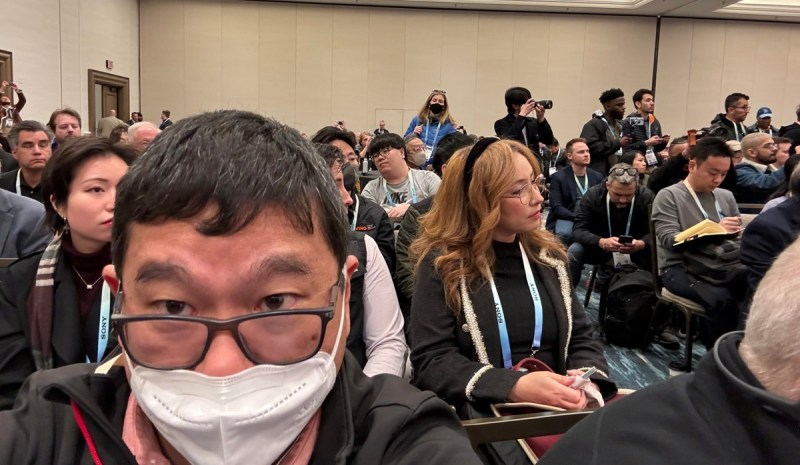
The CTA said its security measures mean attendees will face a bag search at the entrance to all show venues.
A unique email address is required for each registrant. CES badges include a photo ID for attendees, exhibitors and media.
Date of birth will again be required in line with guidance from federal law enforcement and industry best practices.
At CES 2025, the CTA said you will notice a highly visible law enforcement presence throughout the show and at all venues. Law enforcement officers and K9 (dog) units will be at both the entrances to the venues and on the exhibit floor. The venues will be performing random security checks on show premises.
As an enhanced security measure, the CTA is are implementing a vehicle deterrence plan in and around key venues.
If you see something suspicious, please report it to CES via the security phone numbers printed on the back of your CES badge. Venue security numbers may also be found on the On-Site Services page. You can also ask any CES staff member or venue or security personnel. You may contact CES Security or venue security through the CES App in the Security section.
Attendees may carry two small bags, each smaller than 12”x17”x6” into show venues. Attendees are encouraged to consider their bag type and use clear bags (mesh, plastic, vinyl, etc.) to expedite entry.
Rolling bags of any size are prohibited including luggage, carry-ons, laptop and computer bags, and rolling luggage carts.
Media with an official media badge are permitted to hand-carry equipment onto show premises in excess of the two-bag restriction. Equipment is subject to search and tagged as approved for entry.
Exhibitors are permitted to bring product and display material onto CES show premises in excess of our two-bag restriction, beginning January 6 and prior to 8 a.m. on show days January 7-10. Exhibitors may also bring in materials on move-in days between 7:30 a.m. and 6 p.m.
You should leave your bags at your hotel. However, there are bag-check facilities at LVCC outside of Central and West Halls, Venetian Expo, Level 1 Lobby; and the Venetian Ballroom Foyer.
Peak times for CES crowds
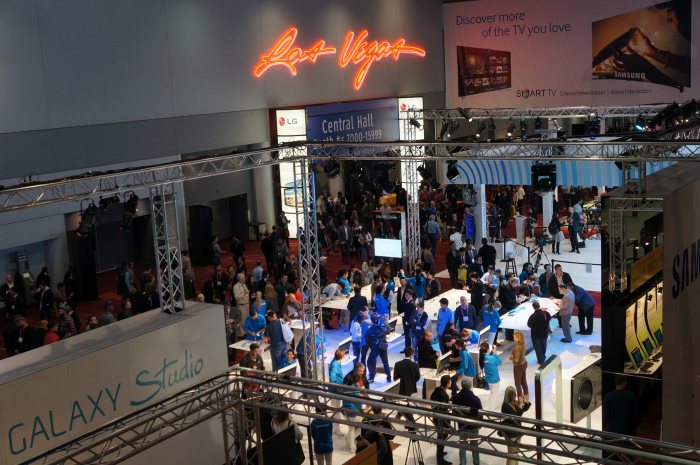
The press events start late on January 5 and continue all day on January 6. That’s when most of the stories will run from CES announcements, with some show-only announcements happening on January 7.
In addition to Nvidia’s Huang, other keynote speakers include
Panasonic Holdings Group CEO Yuki Kusumi, who is doing the morning keynote on Tuesday January 7 at 8:30 a.m. to 10 a.m. with Shapiro of the CTA and Kinsey Fabrizio, president of the CTA.
Jennifer Witz, CEO of SiriusXM, is speaking with podcaster Ashley Flowers at 11 a.m. Tuesday January 7 at the Aria.
Linda Yaccarino, CEO of X, is speaking at 1:30 p.m. on Tuesday January 7 at The Venetian.
Ed Bastian, CEO of Delta, is going to be one of the highlights in part because he’s got a great location: The Sphere, the spherical concert venue with amazing special effects. He is speaking at 4:55 p.m. at the Sphere on Tuesday January 7. We’ll see what Delta has to say about technology, considering it will be celebrating its 100th birthday as a company.
The keynotes wrap up on Wednesday January 8 with Martin Lundstedt, CEO of Volvo Group, at 9 a.m. at The Venetian; Julie Sweet, CEO of Accenture at 2 p.m. Wednesday January 8.
There are plenty of other panels. I am moderating a session on AI and games. It’s called Speed, Customization, Innovation: AI in Gaming, taking place at the Aria Joshua 8 at 3 p.m. to 4 p.m. on Tuesday January 7. It’s about unleashing the power of AI in game development. It’s about learning how publishers and developers use AI to speed up releases and design and tailor games for players.
My panelists include Burcu Hakguder, cofounder and CRO, Layer; Emilee Helm, head of influencers, Gamesight; Haval Othman, senior director of experience engineering at HP; and Devin Reimer, founder and CEO at AstroBeam.
Press days
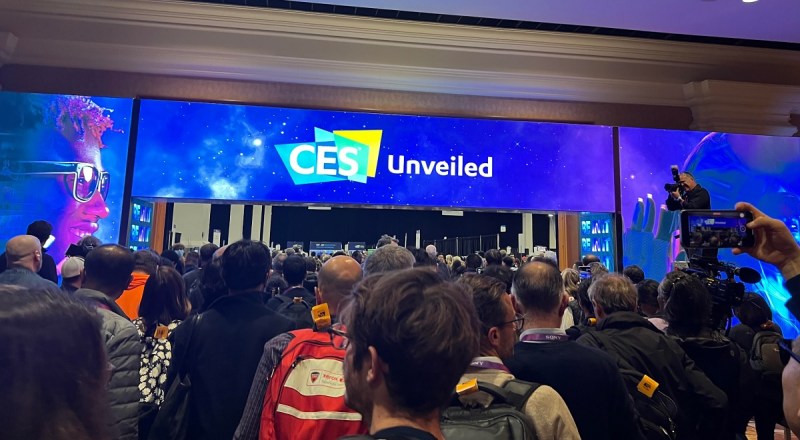
As I mentioned, the press day will start on Sunday January 5 with a talk (only press allowed) about the CTA’s view of trends to watch. That will lead to the press-only event, CES Unveiled, at 5 p.m. at the Mandalay Bay. That’s where we get a first look at the award winners for the CTA innovation contest.
Then comes (for the media) a baptism of fire starting on Monday at 8 a.m. Pacific with LG’s press conference. It peaks with Samsung’s press event at 2 p.m. and continues on to Sony’s 5 p.m. press event at the Las Vegas Convention Center. These press events happen in rapid fire and it’s a real challenge to keep up with the news. Fortunately, many of the events are livestreamed for non-press to watch.
This is the day when I need the laptop with the longest battery life. (Yes, that’s still an issue). Then the press and others can head to the opening keynote speech for Jensen Huang, CEO of Nvidia, at the Mandalay Bay’s Michelob Arena at 6:30 p.m. I’m not sure how I’m going to go from the Mandalay Bay to the convention center and back to the Mandalay Bay is such a short time frame. CES is all about such logistical nightmares and complex solutions to them.
There is also a big press-only party at Pepcom’s Digital Experience at Caesars Palace (RSVPs required) on January 6 (7 p.m. to 10:30 p.m., after Huang’s speech), and the rival Showstoppers press-only party takes place at the Bellagio on the evening of January 7.
This year, Tuesday is when the real crowds show up, and you’ll notice it in restaurants, transportation lines, convention halls, casino floors, and at the airport. Let’s hope the weather will be good, in contrast to the torrential rains we saw in 2018, when blackouts took out the main show floor.
If you’re leaving the convention center around 6 p.m., you can catch a bus to most of the major hotels. That’s a great way to get off your feet and the lines can move fast. But that’s also the busiest traffic time. You’ll have to walk (perhaps a long way) to designated areas for Uber/Lyft ride-sharing pickup zones. And there’s the monorail to consider as well for some hotels.
Getting lost in the maze
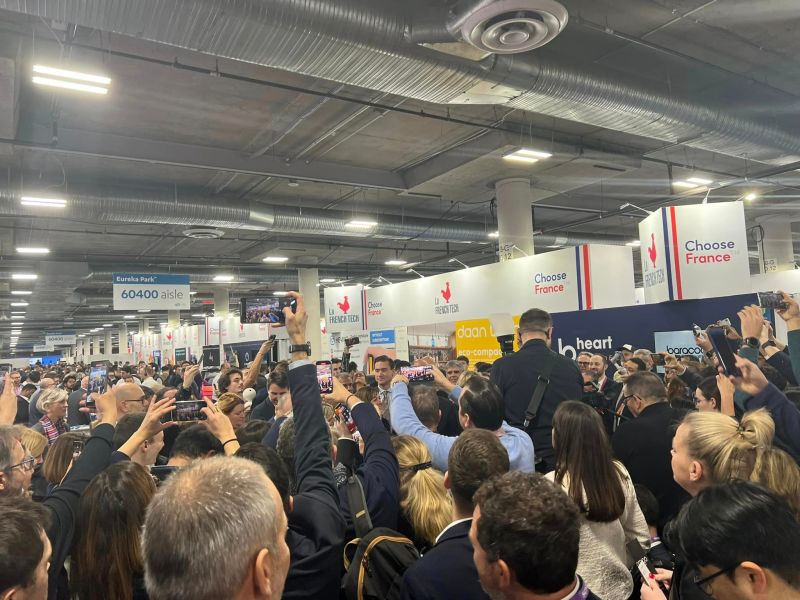
The 2.5 million-plus square feet of exhibition space will open at 10 a.m. on Tuesday January 7.
The categories at this year’s exhibit space include vehicle tech and advanced mobility, digital health, audio/video, gaming, smart home, AI/robotics, smart cities and sustainability, C Space, sports and fitness tech, enterprise and B2B, IoT infrastructure, metaverse, fintech, lifestyle, accessibility, Eureka Park (startups), 3D printing and space tech.
If you’re really ambitious, you could be walking 30,000 steps a day, about three to six times as much as usual. For me, exhaustion sets in around 20,000 steps. If you can cut some unnecessary walking from your day, that would be wise to do.
This year’s venues have been renamed the LVCC Campus (Las Vegas Convention Center West Hall, North Hall, South Hall and Central Hall), Venetian Campus(The Venetian, Palazzo, Wynn, Encore at Wynn) and C Space Campus (Aria, Cosmopolitan, Park MGM and Vdara).
The LVCC campus has the sprawling South Halls 1, 2 and 3 (upstairs) with a wide variety of products. The Central Hall includes gaming, audio and video with huge companies like Samsung, Sony, TCL, Canon, and more. The North Hall includes categories like AI, B2B enterprise solutions, fintech, IoT infrastructure, sustainability, smart cities, smart cities IoT and vehicle tech.
The West Hall is full of vehicle tech with companies like Brunswick in the marine category, John Deere in heavy machinery, carmakers, EVs and eVTOL aircraft, self-driving vehicles, software, suppliers and vehicle tech.
Over at the Venetian, there are more than 1,400 startups that will be at Eureka Park. Tech West is a bunch of pavilions at the Venetian. There are tons of startups on Level 1. You can find regional booths such as those from France, India, Israel, Italy, the Netherlands and more.
One of the most frequently visited halls at LVCC was the South Hall, but this year the multi-level hall was closed last year and now it will reopen.
At the Aria Hotel, you can find C Space, which is where there are a lot of talks about Hollywood and technology.
What’s trending and what’s not
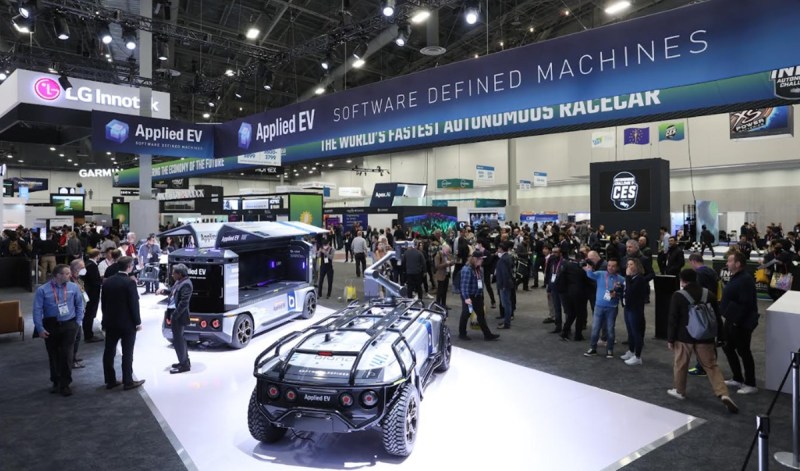
While blockchain and the metaverse were big themes a few years ago, AI was the big theme for 2024. In 2025, AI will still command a lot of attention. But that doesn’t mean that tech boom is going to happen. The global economy faces a lot of unknowns, like how friendly toward tech and consumer sales the Trump administration will be, especially if Donald Trump is threatening tariffs. Tariffs could lead to trade wars and that could mean a $300 to $500 game console could suddenly cost $1,000.
Tim Bajarin, who is going to his 50th CES, expects these trends: AI PCs are everywhere; earbuds will be smarter and smarter; smarter vehicles; smarter and higher resolution TVs; AI everywhere else; and spatial computing will make many appearances with XR/AR goggles or glasses.
Under the “connect” part of the theme of the show, Shapiro said one major topic is human security for all.
” We talked about human security for all, our work with the United Nations focusing on the sustainable development goals, focusing on fundamental human security in areas like health care, finances, personal safety. We see that in all sorts of ways. Of course accessibility is another big thing. Even for me, attending the show in 2024, that was one of the biggest surprises and themes,” Shapiro said. “I don’t think I even talked about that before the show – how many people were there looking out on behalf of the disability community, and how many companies were responding to that with all sorts of technology.”
Asked about other hot categories, Shapiro said, “Obviously AI is still a big thing. It pervades almost every category. Digital health is also very big. Mobility is huge with electric vehicles and connected cars, autonomy, sustainability. We’ve done our own pivots as well. The concept of electricity being available is not something we’ve talked about at CES before. Now we have a whole conference track on it. With electric cars, generative AI, and quantum, they all use tremendous amounts of electricity that we’re not prepared for. Not surprising to me, a number of companies in the last month have announced deals with nuclear power plants and things like that, which is totally new, but it’s a way of dealing with it.”
And Shapiro said, “We’ll have exhibitors focusing on energy savings on the supply side, heat reduction, local production. We’ll also have panels talking about how we can look at the electric grid. Similarly to that vein, we’ll have a shift that we haven’t had before to quantum computing. We have a half day of programming on that. While AI and generative AI is currently the thing, now generative AI doesn’t get you to the finish line with a lot of things, for example in health care. It’s a whole shift upwards in computing that we haven’t had in a long time.”
Regulators will be present, and Shapiro said (before the election took place) he was concerned that the U.S. has become too aggressive in blocking mergers for antitrust reasons. He worries that the Biden administration has been anti-innovation. I noted that I would love to see us return to balanced growth, where we see innovation with AI, job growth for tech, and revenue growth for companies all at the same time.
Shapiro said, “What I’ve learned in my career is that you never get to perfect, but you just try to do better than you did last year. The definition of perfect changes. I don’t think, in a free market economy, that perfect is where everyone gets to keep their jobs. You have to learn new skills.”
He added, “There is another theory out there, though, which is that it will add more free time, and that will generate its own economic growth. My wife goes to a lot of medical conferences, and there’s a generational difference between doctors in that the incoming doctors don’t want to work as hard. They want regular hours. They don’t want the lengthy hours. I’ve been talking about this for two years now. It’s true, and I know this because I’ve talked to enough doctors in different fields about it. People want time now. It probably predated COVID. People value experience and time. That’s what it is.”
Your CES survival tips

Many of these tips are recycled from past years, but I’ve gone through and renewed them with my latest info. As I mentioned, it’s hard to get around at CES. You should keep appointments to a half hour but note that it takes time to walk between venues. You may not realize it but the distance between hotels (which are very large) and halls may look visually close but they’re often really far apart.
You may encounter delays because other people are behind schedule. And you may even have trouble finding people at large booths. So, it’s good to pad your schedule to account for possible delays and isolate the really important appointments.
The CES badges now have photos on them, streamlining identification and making it harder for people to share badges. Since they are paper badges (plastic eliminated in the name of sustainability), you have to be careful not to lose them.
On your crowded flights, try to travel light. For Southwest, I always check in ahead of boarding, setting an alarm for exactly 24 hours before my flight. Check your baggage if you don’t have to get anywhere quickly. Be prepared for long cab lines and rental car check-in lines. (Services like Uber and Lyft are very useful at CES, particularly as parking is not plentiful enough and the big casinos/hotels now charge a fee per visit at their self-parking garages). I don’t rent a car anymore. At the airport, you have to walk to a designated area in a parking garage and find your rideshare in a particular parking slot to get out of the airport in an Uber/Lyft.
Uber and Lyft cars are really the way to travel from venue to venue now. In past years I found that the pickup at the LVCC (near the Renaissance Hotel) was a traffic logjam. The Tesla tunnel (where Tesla EVs take an underground tunnel from one location to another) is great for getting to some of the hotels and between the central hall and the west hall of the LVCC. The tunnel now goes to the Resorts World Las Vegas, Westgate Las Vegas Resort & Casino, Encore Las Vegas and Virgin Hotels Las Vegas.
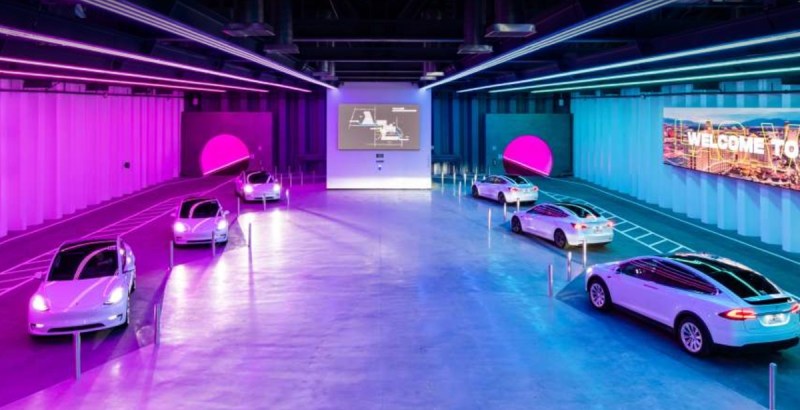
Schedule your appointments in locations that are near each other, and check exhibitor locations on a CES map. Arrive early for keynotes because the lines are long. I don’t often stray beyond LVCC/WestHall/TechWest/Venetian due to the time it takes to get other places.
I recommend sleep. The Vegas air is super dry so maybe use a humidier or nose spray. If the parties are what you care about, there are often party lists that circulate. You can Google CES 2025 party lists, but the KarenNet CES party listm has been around for a long time.
Remember to swap phone numbers with the people you are meeting so you can coordinate, particularly as someone is usually held up by the crowds. Incorporate driving and eating times into your calendar or use a calendar that does that automatically for you.
Smartphone reception is better than it used to be, but it’s still probably prone to interference. Text message is usually a decent way to communicate with coworkers. We always seek out the Wi-Fi/5G havens in the press rooms or wherever we can find them.
But carry a MiFi or activate a personal hotspot if you can; even hotel internet connections are likely to be stressed to the limit during the show. If you’re responsible for uploading video, thank you for clogging the network for the rest of us. By CES 2025, I hopefully won’t have to complain about this, as 5G networks should theoretically enable faster connection speeds on cellular data.
If you collect a lot of swag, you can send it home via shipping services instead of carting it on the plane. I suspect that the cost of shipping is probably greater than the value of the swag.
You should print a map of the exhibit floor or rip one out of the show guide. You should also print your tickets, schedule, and RSVPs for events — or make them easily accessible on your phone. (If someone steals your phone or your primary bag, you should have backups in a second bag).
You need battery backup for your laptop or smartphone, hand sanitizer, a good camera, ibuprofen, and vitamins. I’ve got Acer Swift Go 14 and a spare Dynabook laptop this year. The Acer in particular has a good battery life. Bring a backup for everything, even if you have to leave it in your hotel room this year.
I used to recommend taking business cards. I finally printed a batch for the first time since the pandemic. Now you can swap your LinkedIn credentials with people via your smartphone. If you’re exhibiting, wear your company brand on your shirt. Try very hard to avoid losing your phone. I wear a jacket with zippered pockets so I can put my phone and wallet inside.
Make some time to walk the show floor. If the cab/rideshare lines have you frustrated, don’t think about walking to a nearby hotel. Chances are the cab line there is also bad, and the hotels are so huge that a mirage effect makes them look deceptively close. If you have a rental car, try not to get stuck in a traffic jam in a 10-story parking garage. And always mark down where you parked your car on your phone map or paper.
Drink lots of water. Get some sleep — you really don’t have to party every night. For the most part, I don’t shake hands anymore, as it’s a great way to pass germs around. Instead, I do fist bumps. You don’t want to come back sick with “CES crud” or COVID.
Don’t miss your flight on the way out. Pack up a bunch of snacks early on to avoid getting stuck in breakfast or lunch lines. Take a smartphone with a good camera because what happens in Vegas … gets shared on the internet.
Daily insights on business use cases with VB Daily
If you want to impress your boss, VB Daily has you covered. We give you the inside scoop on what companies are doing with generative AI, from regulatory shifts to practical deployments, so you can share insights for maximum ROI.
Read our Privacy Policy
Thanks for subscribing. Check out more VB newsletters here.
An error occured.



